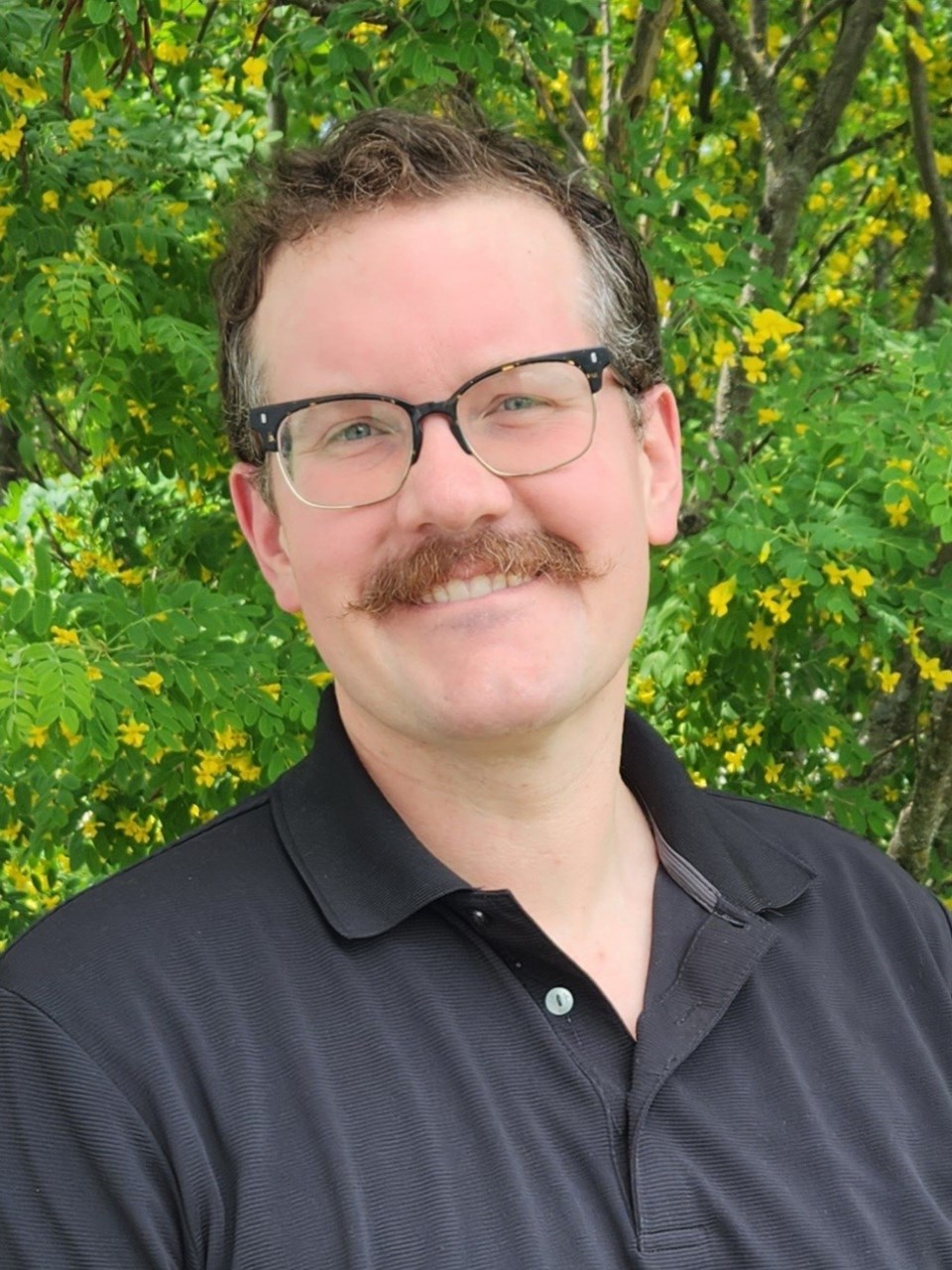KENORA — The new director of Kenora's arts, cultural and heritage hub is looking forward to continuing to play a part in telling the city's story.
Braden Murray is taking on the role of director of the Lake of the Woods Museum and the Douglas Family Art Centre. Earlier this year, former director Lori Nelson announced her retirement after 34 years of service, which prompted Murray to apply for the position
For the past 13 years, Murray’s role with the was in museum education, where he focused on public programs such as cemetery tours, cultural food programs, seniors' programming and speakers’ series, and collection development and exhibits. In 2019, Murray transitioned to the museum’s curator.
"Fundamentally, what we do here is all about communication," Murray said. "We’re communicating about the past, about parts, about the provocations that are seen in our gallery, about the people and the places and the things of the past."
“So, we're trying to take these very interesting ideas and pictures and subjects and people and stories and package them up in a way that they can best be absorbed and digested by the general public — not just living here in town, but also people who are visiting.”
The Muse tells many different stories and the Douglas Family Art Centre showcases artists from many diverse places in Ontario and beyond through travelling exhibitions.
Before the COVID-19 pandemic, Murray curated an exhibit on the history of Ukrainian people in Kenora.
“I was married in the summer of 2019 and our wedding reception was at the local Ukrainian Hall, and when I was sitting there setting up things, I saw pictures and different information and plaques on the wall. Specifically, I saw one that said, 1915 to 2015, 100 years. I thought, well, jeez, that's 1915. That's right in the middle of the First World War. That's right when the Canadian government was persecuting Ukrainians for being Austrian citizens,” said Murray.
“It’s a really amazing story of how locally instead of sort of shying away from their culture, they really kind of doubled down and decided that they wouldn't lose their culture or their language.”
Gathering up research and stories through a pandemic was not an easy task, but Murray persevered.
“We had our first official meeting with the exhibit committee at the end of February 2020, and obviously, in the next month, the wheels kind of fell off society kind of generally. So, for the last kind of two years, two and a half years during COVID, it allowed me to really kind of sit with the material, shall we say. So, I think it was a better exhibit for it,” said Murray.
When Murray was able to reconnect with the project, the world had changed a far bit. Particularly, after the Russian invasion of Ukrainian in February 2022, Murray’s project took on a life of its own.
When ask if the war in Ukraine changed his project in any way, Murray said, “it did in a way.”
“I spoke to some elders in the community who are only, well for one of them, specifically, they're only one generation removed from people that came from what at the time was Poland is now part of a part of Ukraine. And as part of the process, what I really dug into was the idea of the ethnic kind of cultural identity here in town. As many people know, Ukrainians on the census would be called Austrian or Ruthenian and these sorts of things. It was not until 1917-18 when you started to see, Ukrainian, specifically Western Ukrainian,” Murray said.
Murray stated that in the 1920s a large population of Ukraine emigrated to Kenora. During his interviews, he was specifically told to mention they are from Ukraine, not from Poland or Russia.
He also found a headstone of a 23-year-old man named Joseph that died on Dec. 7, 1918. The headstone states that Joseph died in Kenora, but was born in Western Ukraine.
“As far as we know, that's the first identified identifiable symbol here in town here someone was not identifying as Ruthenian or Austrian or Polish, but specifically as Ukrainian. That's something that through the 1920s into the thirties with the literary society, with the churches, is something that really, began to grow, said Murray
“So that, that tension has existed for many, many years and it's certainly something that again we've seen in the last year and a half,” continued Murray.
Over the next summer, Murray and his team will be focused on some upcoming projects.
For the first time, they will be putting out Winnipeg artist W J Phillips’s entire collection of work, who also did work on Lake of the Woods, in the Richardson and the Hill Gallery on July 3 and July 13.
The Muse is also working in conjunction with Grand Council Treaty Three and the Library and Archives Canada put an exhibit together for the 150th Anniversary of the signing of Treaty Three. The celebration will start on July 20.
